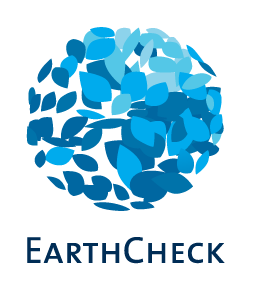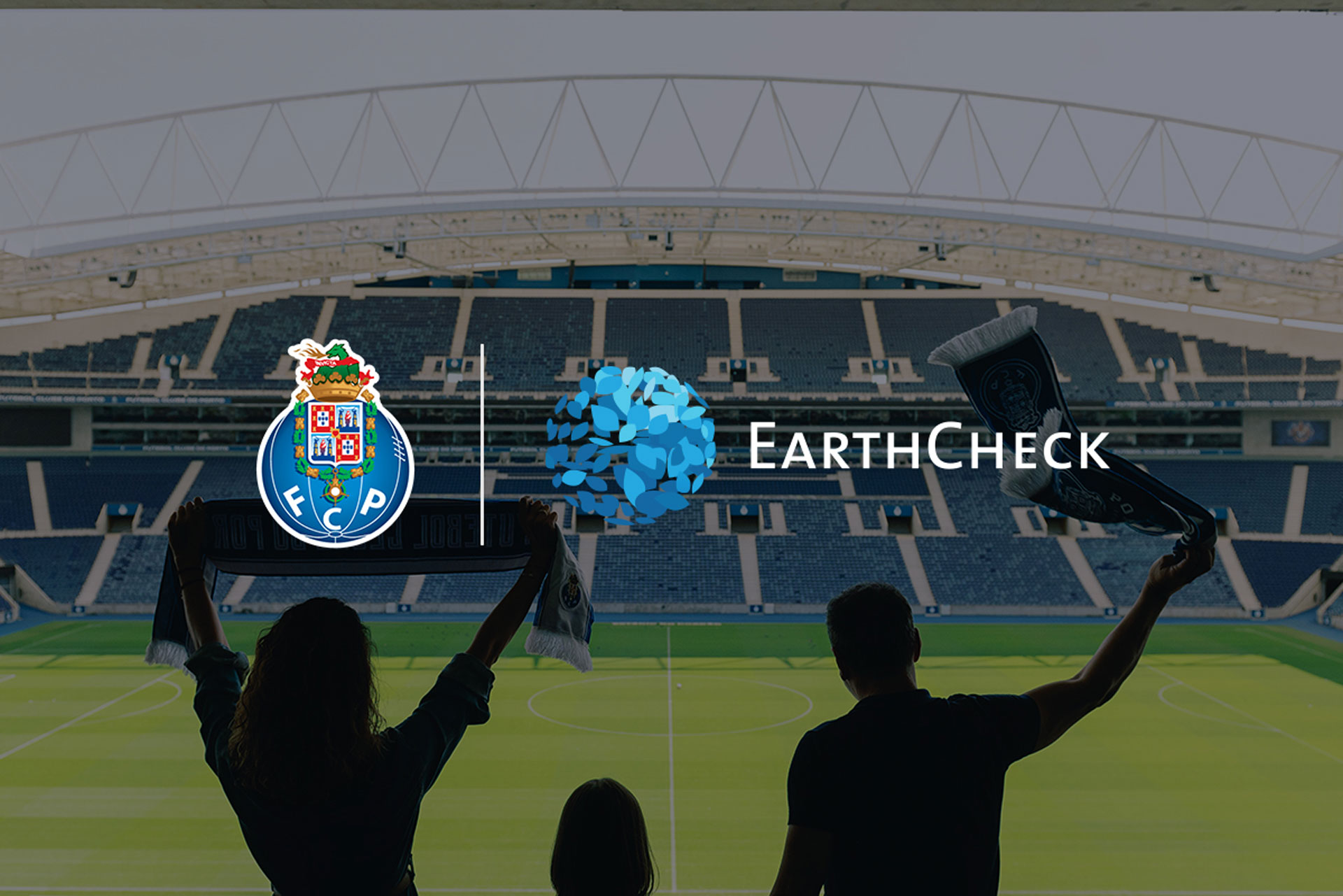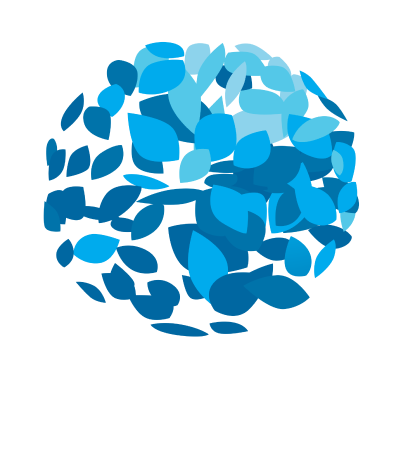Source: www.thenewhumanitarian.org
Disaster risk reduction, or DRR, has long been a pariah of the international development and humanitarian assistance worlds.
Floating in the ambiguous space between disaster response and economic development, DRR lacks both the immediacy of a humanitarian crisis and the allure of big-budget development projects. Preventing disasters and reducing hazard risks are a good idea and a wonderful talking point, but DRR has consistently failed to capture sustained attention and funding. For all the fervour over the “humanitarian to development nexus” or the “triple nexus” – joining up peacebuilding, humanitarian assistance, and development – DRR continues to be more of an afterthought than a central pillar of aid strategy.
Part of the problem is that DRR is just not very marketable. The UN’s humanitarian aid coordination arm, OCHA, can list Beyoncé and Forest Whitaker as collaborators; the UN’s refugee agency, UNHCR, has Angelina Jolie; and the UN Development Programme recently added Yemi Alade to a list of goodwill ambassadors that already included the likes of Padma Lakshmi and Antonio Banderas. The UN Office for Disaster Risk Reduction, UNDRR, has none.
Disaster risk reduction is so un-Instagramable, in fact, that the UNDRR does not have an Instagram account. If international aid were a movie about the American high school experience, humanitarians would be the jocks, development experts the student council, and DRR, undoubtedly, the nerds.
But if American cinema has taught us anything, it is that ignoring the nerds comes at a price – a big price. In a recent paper published in the International Journal of Disaster Risk Reduction, we estimate that a 1-degree increase in global temperatures would require a near tripling in disaster response spending just to match the current level of humanitarian coverage, which is generally agreed to be insufficient. This means that – within 15 years – failing to properly prepare for the coming impacts of climate change could lead to an annual global disaster response bill topping $1 trillion (including often unreported or under-counted domestic spending).
If international aid were a movie about the American high school experience, humanitarians would be the jocks, development experts the student council, and DRR, undoubtedly, the nerds.
In order to meet this hefty price tag, humanitarian spending would have to rise by around 7 percent every year. But given that response spending has been plateauing, or even slightly falling in recent years, a far more likely scenario is that more and more people in need will simply get less and less aid – or be left without any assistance at all.
It is time to inject some urgency into the DRR agenda. Investing in disaster risk reduction isn’t a matter of saving for a rainy day; it’s jerking the wheel to avoid the boulder that is quite clearly on the road ahead. People should not have to be starving, buried under rubble, or flooded out of their homes before the world pays attention.
We already know full well who and where the next people in need are. In our study, we used statistical models to try to identify the greatest predictors of where disaster-related spending goes. We found that even when controlling for factors such as exposure to hazards or coping capacity, Gross Domestic Product (GDP) was the single-most consistent and reliable predictor of response spending: the lower the GDP, the more disaster response funding. In other words, it is poor countries that will bear the brunt of increasing disasters, based on where response costs are being spent.
Interestingly, vulnerability had no significant impact on disaster spending, and coping capacity actually had a negative impact. Even exposure to hazards, which had a predictably positive impact on spending, was not as strong an indicator as GDP.
This all suggests that the classic types of DRR projects – disaster management training, early warning systems, or risk mapping, for example – have too narrow a focus. The link between low GDP and high disaster response costs highlights the critical role of economic development in bolstering a country’s ability to prepare for, cope with, and bounce back from disaster.
Reducing hazard risks or boosting coping capacity – without also addressing economic resilience – do not do enough to lessen disaster impacts on their own. Also crucial, but too often given short shrift, are measures that help businesses prepare for hazards so that they can quickly rebound, or that plan for cash interventions before disasters strike.


This is not to say that any and all economic growth efforts should simply be rebranded as DRR. Instead, a more comprehensive understanding of risk mitigation and preparedness is needed. To really prepare communities for the coming impacts of climate change, the DRR agenda needs to be cross-cutting and begin to break down the traditional barriers between humanitarian assistance and development. When it is done right, DRR can provide the programmatic hook the triple nexus theory needs.
Reducing hazard risks or boosting coping capacity – without also addressing economic resilience – do not do enough to lessen disaster impacts on their own.
While this is hardly a new or groundbreaking observation, it remains controversial in many circles. The need to protect “humanitarian space” can certainly be critical when it is a question of the safety and security of the people who give or receive aid. But often it serves only to silo funding and planning efforts, and it frequently bears no connection to the reality on the ground. For a hungry refugee receiving substandard schooling in a poorly constructed building set on an earthquake fault line, and whose parents unsuccessfully vie for jobs in a depressed labour market, dissecting needs between humanitarian and development projects seems more like an insult than an honest effort to improve her life.
And while humanitarians rush around the world, chasing the biggest storms and the most garish civil wars, or development actors roll out silver-bullet projects sure to be sustainable (this time), the window to implement the DRR programmes that could actually save and improve lives grows ever more narrow.
Disaster risk reduction may not be the coolest kid on the block. But if given the attention that it deserves, it just might be the hero who was hiding in our midst all along.







